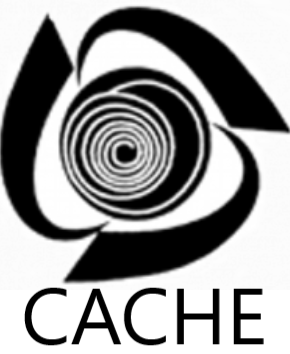Interactive Self-Study Module: Enzyme Kinetics
Overview:
This module discusses enzyme kinetics. Your retention of material in this module will increase if you write down reasons for your answers to ConcepTests, questions in screencasts, and questions to answer before using interactive simulations, and you try to solve the example problems before watching the screencast solutions.
We suggest using the learning resources in the following order:
- Attempt to answer the multiple choice ConcepTest and solve the example problem before watching the screencasts or working with the simulations.
- Watch the screencasts that describe enzyme reactions and answer the questions within the first screencast.
- Review important equations for enzyme kinetics with and without inhibition.
- Use the interactive simulations and Excel spreadsheets to further understand the behavior of enzyme inhibition kinetics.
- Try to solve the example problems before watching the solutions in the screencasts.
- Answer the ConcepTests.
- Look at the list of key points, but only after you try to list the key points yourself.
Motivation:
- Enzymes are biological catalysts that increase reaction rates. Reaction rates’ dependence on substrate and inhibitor concentrations is necessary for reactor design of enzyme-catalyzed reactions.
- This module is intended for a biokinetics/reactor design course.
Before studying this module, you should be able to:
- Write rate expressions for a reaction mechanism.
- Apply the concept of rate-determining step to a reaction mechanism.
- Apply the steady-state approximation to a reaction mechanism.
After studying this module, you should be able to:
- Derive Michaelis-Menten Kinetics.
- Identify what type of inhibition is occurring in an enzyme reaction.
- Evaluate how enzyme inhibition will alter the extent of a reaction.
- Determine kinetic parameters from rate data for an enzyme reaction mechanism.


